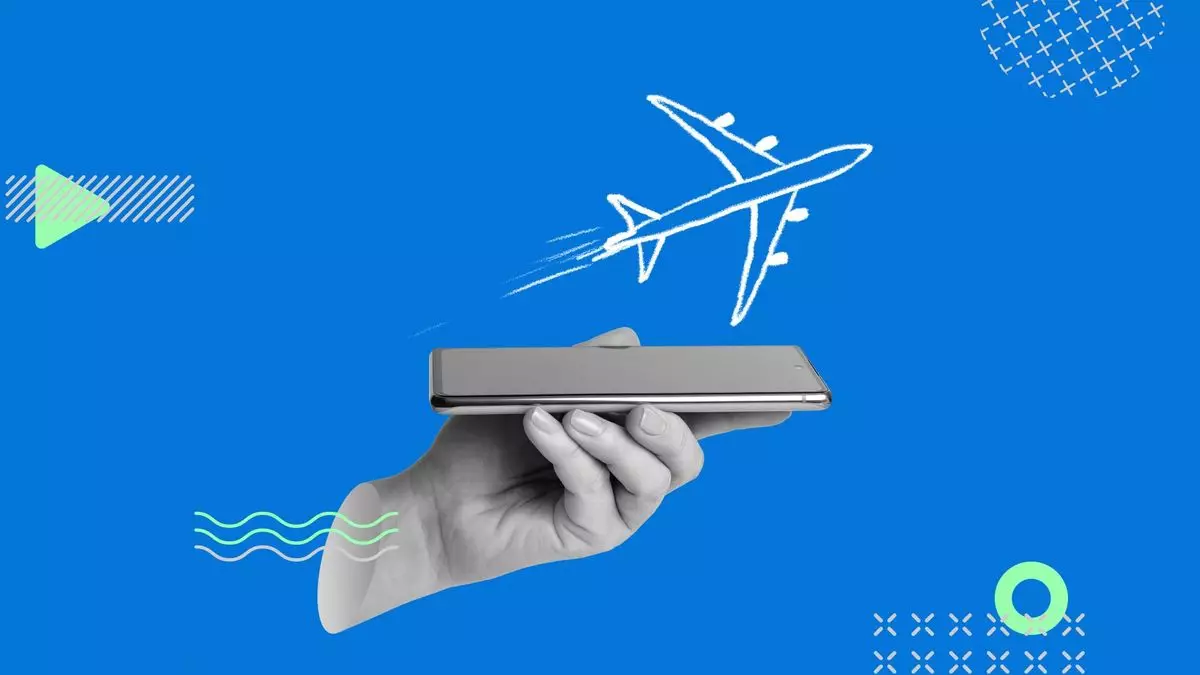The travel industry is in the midst of a significant technological transformation, with airlines like United Airlines leading the way through their implementation of New Distribution Capability (NDC). United’s recent upgrade to NDC version 10.9 has been hailed as a watershed moment, especially among Travel Management Companies (TMCs) that embrace this newer technology. Jeff Klee, CEO of AmTrav, articulated the significance of this transition, dubbing it „Tie-Goes-to-NDC Day.“ This metaphor emphasizes a pivotal moment when NDC capabilities can stand toe-to-toe with traditional booking methods, not merely in terms of pricing but by offering real advantages that enhance the travel advisor’s experience.
The NDC framework represents a shift from the historical reliance on older distribution technologies like Edifact, which have defined the airline booking landscape for decades. While price differences once drove the adoption of NDC, Klee’s emphasis on the intrinsic advantages of NDC—such as enriched customer journeys and better service options—suggests a future where technology will play a crucial role in determining booking choices, making NDC a logical resolution, even when prices align.
Enhanced Ticket Management and User Experience
One of the most groundbreaking improvements in the latest NDC upgrade is the ease with which travel agents can handle ticket exchanges. The ability to convert a ticket purchased via legacy systems into an NDC ticket is revolutionary, marking a profound stride toward offering seamless service to clients. Additionally, the newfound capacity for agencies to apply unused ticket credits—previously locked until the beginning of the booking process—aligns perfectly with advisor workflows that often are determined by flight availability and client budget constraints.
Jeff Christensen, United’s managing director of global distribution strategy, highlighted how these updates translate into practical benefits for travel agents. The capability to exchange tickets strategically enhances customer satisfaction by making it easier for travelers to manage their itineraries. Today’s travel advisors demand flexibility and responsiveness, which these changes directly address. At the same time, this flexibility ensures that corporate customers have the necessary time to approve ticket purchases without the frantic pressure of imminent departures—a vital feature that puts user experience at the forefront.
Navigating Remaining Challenges
Despite the strides made with NDC version 10.9, challenges persist that need addressing. For example, when unique ticketing exceptions arise—such as booking an expired ticket—current systems fall short by lacking a method for enforcing pricing consents, a function that remains robust in traditional Edifact systems. These gaps illustrate that while progress is being made, the road ahead is not smooth. Moreover, going forward, the airline aims to address larger concerns, like the capability for automated name changes for corporate tickets, which remains unresolved in the NDC environment.
Klee’s assessment of the upgrade touches on a critical limitation. While NDC offers substantive enhancements in operational efficiency, it still wrestles with inconsistencies that can undermine its attractiveness, particularly through GDS systems that haven’t fully embraced NDC’s capabilities. For agencies that rely on traditional GDS platforms, the integration of NDC can feel like a slow, uphill battle, suggesting that the full benefits of NDC are not uniformly accessible.
Expanding Accessibility and Ancillary Products
What sets United’s NDC initiative apart is not only its user-centric approach but also the wealth of fare options available. With 45% to 48% of their tickets sold as dynamically priced fares—options unavailable in traditional GDS systems—United positions itself as a game changer in the competitive airline market. Further, their strategic decision to exclusively offer certain fare classes and ancillary services through NDC channels maximizes revenue potential while providing choice to travelers.
Yet, the reality is that the enrichment of customer choice is unevenly distributed, largely tied to the technological capacities of different GDS players. For instance, agencies utilizing systems from providers like Sabre, Travelport, and Amadeus may not have access to the full spectrum of ancillary products, placing them at a disadvantage compared to firms like AmTrav, which have made direct connections to airline NDC applications. This inconsistency raises substantial questions about equity in technology access within the travel industry.
A Bold Future Awaits
As we look ahead, the winds of change in airline distribution technology are undeniable. United Airlines, through its proactive NDC integration, is leading a charge that seeks to redefine the standards of efficiency and customer satisfaction in travel booking. Encouraged by its ability to flexibly adapt to market changes and challenges, airlines are now faced with the task of ensuring that no traveler or agency is left behind in this technological evolution. The stage is set for a bright future, where NDC could foster unprecedented connections between carriers and customers, revolutionizing the experience of booking air travel in a digital age.


Napsat komentář